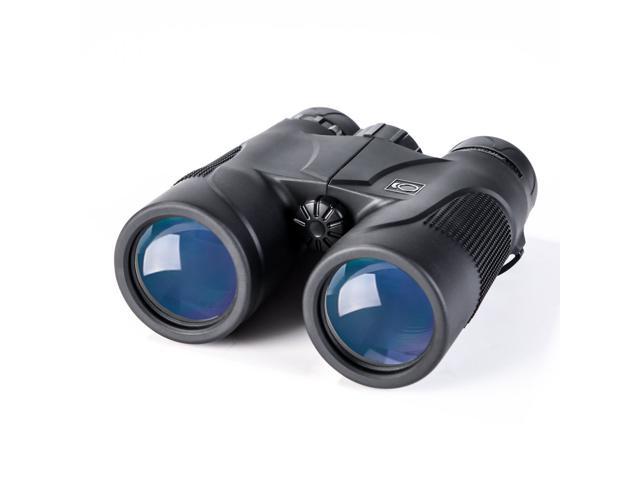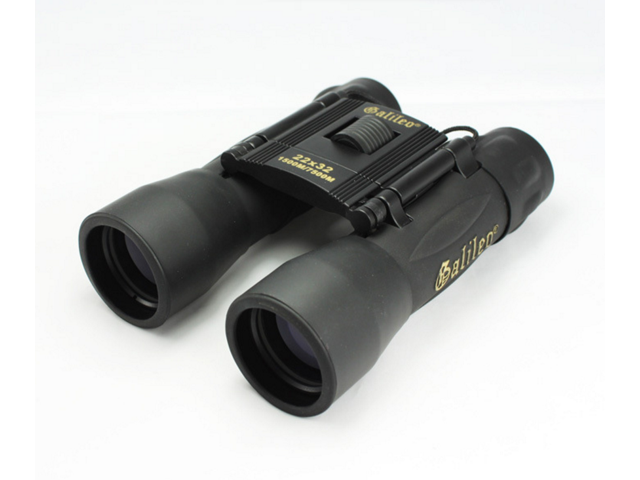Buying Binoculars
June 24, 2019

We are asked virtually on a daily basis: “What are your best binoculars?” And each day we answer: “Exactly how do you intend on using them?” We are not attempting to be incredibly elusive with our solution, however the what’s what is – the very best field glasses for one objective might be the even worse binoculars for another. We want you to Get It Right The Very First Time.
Recognizing your application is vital in establishing the most effective fit – for you. There are lots of other specs and also top qualities which identify the effectiveness of field glasses, we will certainly talk about in this short article the key qualities for identifying the ideal fit for your application. Yet prior to we show you the list, we must discuss some standard terms.
What do the numbers on binoculars suggest? All showing off optics (field glasses, finding extents, night vision safety glasses, etc.) utilize the exact same nomenclature to define crucial functions. As an instance, a pair of binoculars might have 10x42mm listed as a technological specification. What does this suggest? The “10” refers to the zoom power of the field glasses – that is – things watched will certainly seem 10 times closer than when they are viewed by the nude eye.
The 2nd number in our instance is “42mm.” This describes the size, in millimeters, of the unbiased lenses on the binoculars. The objective lenses lie on the end of the field glasses furthest away from your eye when viewing. Similar to the aperture of a cam lens, the dimension of objective lens figures out the quantity of light that can enter your field glasses. If your binoculars are mosting likely to be used during low light (searching and also astronomy are good examples) you had better have huge unbiased lenses.

One more vital number describing binoculars is called field-of-view. A field-of-view of 390′ shows that the size of the sight image is 390 feet at a distance of 1000 yards. Field-of-view is figured out by zoom and the focal lengths of the objective and eyepiece lenses. Much more magnification constantly means much less field-of-view. This requirements is in some cases shared in degrees. A field-of-view of 6.5 degrees relates to 341′ (6.5 times 52.5 amounts to 341).
How well your field glasses will certainly offer you in low light problems is called Twilight Performance. Although many points, such as total style as well as top quality of glass influence this requirements, magnification as well as unbiased lens diameter are the principal components. For more information on binoculars, go to bestbinocularsreviews.com.
A fast means to determine the Twilight Performance of binoculars is to multiply the magnifying power (very first number) times the unbiased lens size (second number). The greater the outcome, the far better the Twilight Performance. As an example, 10x42mm field glasses will have better Twilight Efficiency than 8x50mm binoculars (420 versus 400).
Since we recognize some fundamental terms, here is “What to Know When Acquiring Field Glasses.”
* While small binoculars consider as low as a pound, by utilizing them you will unquestionably give up efficiency. If performance is your main consideration, full sized binoculars are preferred. Anything weighing over about 1.5 extra pounds will obtain hefty relatively fast. Make use of a binocular support group to uniformly disperse the weight across your shoulders instead of utilizing a strap around your neck.
* The quantity of light available while using your field glasses will figure out -more than any various other consideration – which field glasses are best for you. Low light usages such as hunting, birding and astronomy call for larger unbiased lenses.
* The distance you will certainly be from the item you watch will figure out the magnifying power required in a pair of binoculars. If your application is bird watching, theater or sporting occasions, a low powered binocular will certainly be adequate in many cases. However if you enjoy astronomy, you’ll require a high powered pair.
* The minimal prime focus in binocular terms describes exactly how near an item can be to you as well as be still be watched in emphasis. This often tends to be essential for birding yet not so vital for many various other uses.
* Binoculars with a magnification power more than 10x (as well as without a stability attribute) will certainly be difficult to hold steady. This ends up being vital when watching the night skies or remote mountains. A tripod might be a good idea to have if you’re making use of binoculars with high magnifying.
* Utilizing your field glasses outdoors will normally subject them to dampness. Water resistant field glasses are favored for all marine, searching, birding as well as various other nature related activities.
* The better the zoom, the narrower the field-of-view. If field-of-view is important to you, do not acquire the most effective field glasses you can find. This comes to be extremely essential when watching items that relocate swiftly such as antelope, race steeds, firing stars or race automobiles.
* As with practically everything else in life, with binoculars you obtain what you spend for. There are field glasses that set you back under $10 and others which cost over of $2,500. My experience says you will certainly need to spend at the very least $250 for a pair of field glasses worth having.
* There is no such point as “one-size-fits-all” when it involves sporting optics. If you have several uses for field glasses, you will more than likely wind up with numerous pairs of them – which’s O.K.
Your understanding of these couple of straightforward ideas will certainly not just help you in acquiring the proper binoculars for your application, however they will certainly likewise assist you with effective watching – regardless of what you’re taking a look at. Utilize this info as well as you’ll Get It Right The Very First Time. Get Outdoors!




